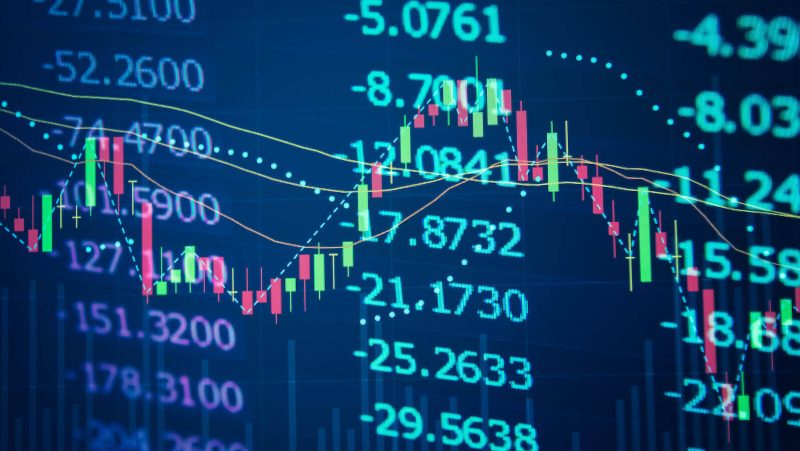In understanding the intricacies of the forex market, one must recognize that currencies fluctuate constantly, presenting traders with both opportunities and challenges. One common scenario that traders encounter is when a currency pair, such as EUR/USD, appears to be moving sideways or going nowhere. During these periods of consolidation, traders may find it challenging to profit due to the lack of clear trends or momentum. Nevertheless, there are several strategies that traders can employ to navigate such situations and potentially capitalize on market movements even when the EUR/USD seems stagnant.
One approach that traders can consider is range trading, also known as channel trading or trading within a range. This strategy involves identifying key support and resistance levels in the price chart where the currency pair has been oscillating. By establishing these boundaries, traders can place buy orders near support levels and sell orders near resistance levels, aiming to profit from the price bouncing back and forth within the range. Range trading requires patience and discipline, as traders must be vigilant in monitoring price movements and adapting their positions accordingly.
In addition to range trading, traders can leverage technical indicators to aid their decision-making process when trading a sideways market. Indicators such as moving averages, stochastic oscillators, and relative strength index (RSI) can provide valuable insights into market momentum, overbought or oversold conditions, and potential trend reversals. By combining multiple indicators and observing how they interact with price action, traders can gain a more comprehensive view of the market and make informed trading decisions.
Another strategy that traders can use is breakout trading, which involves anticipating a significant price movement when the currency pair breaks out of its consolidation range. Breakout traders aim to capitalize on the momentum generated by the price surpassing a key resistance or support level, potentially leading to a sustained trend in the direction of the breakout. To effectively trade breakouts, traders need to be attentive to price patterns, volume dynamics, and market sentiment to confirm the validity of the breakout and manage their risk accordingly.
Moreover, fundamental analysis plays a crucial role in navigating a sideways market, as economic events and geopolitical developments can impact currency values even in the absence of clear trends. By staying informed about key economic indicators, central bank announcements, and geopolitical events that can influence the EUR/USD pair, traders can anticipate potential market shifts and adjust their trading strategies accordingly. Fundamental analysis complements technical analysis by providing a broader context for understanding market dynamics and making well-informed trading decisions.
In conclusion, trading a sideways market, such as when EUR/USD appears to be going nowhere, requires a combination of technical skills, strategic thinking, and market awareness. Traders can employ range trading, utilize technical indicators, explore breakout opportunities, and integrate fundamental analysis to navigate such market conditions effectively. By honing their analytical skills, maintaining discipline, and adapting to changing market dynamics, traders can potentially profit from the EUR/USD pair even in the absence of clear trends, turning challenges into opportunities for success in the forex market.
